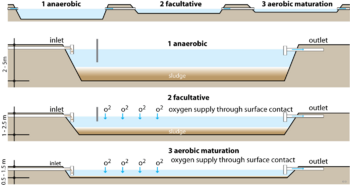



Multi-cell WSP system comprises of three types of ponds
Anaerobic ponds
Facultative ponds and
Maturation ponds.
Types of ponds
Usually a WSP system comprises a single series of the aforementioned three ponds types or several such series in parallel. Anaerobic and facultative ponds are designed...
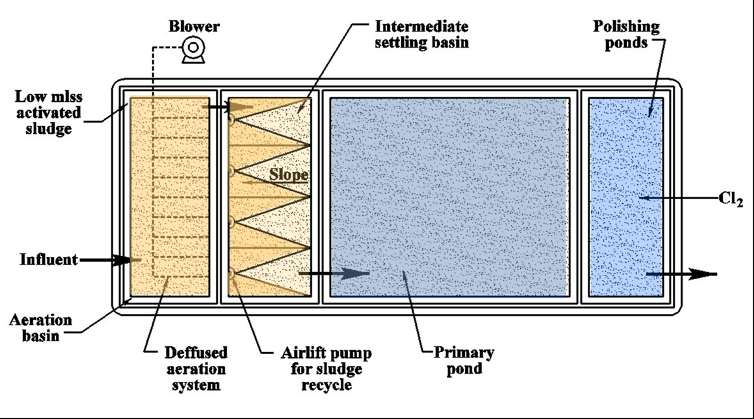
DESIGN CRITERIA OF AERATED LAGOON
Detention Time
The basis of design Of aerated lagoon can be hydraulic retention time (HRT) as well as the mean cell residence time or solids retention time (SRT). Typical design value of HRT as well as SRT (0c), for suspended growth aerated lagoon varies from about 3 to 6 days, while for...

ADVANTAGES AND DISADVANTAGES OF WSP SYSTEMS
Advantages of WSPs are
Lagoon systems can be cost-effective to design and construct in areas where land is inexpensive.
They use less energy than most waste water treatment methods.
They are simple to operate and maintain and generally require only part-time stuff.
They can handle intermittent use...
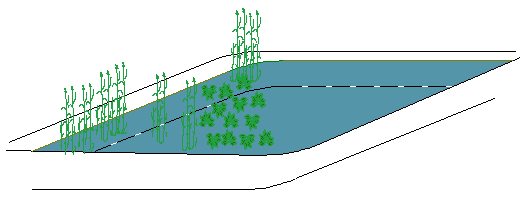
Maturation Ponds
Maturation ponds (low-cost polishing ponds), which generally follow either the primary or secondary facultative pond, are primarily designed for tertiary treatment, i.e., the removal of pathogens, nutrients and possibly algae. They are very shallow (usually 0.9 – 1 m depth), to allow light...
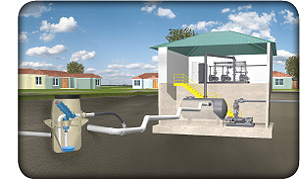
TYPES OF SEWERS
Need for Alternate Types of Sewers
Installation of conventional sewerage system is not possible in many situations due to the following reasons:
The per capita water supply (including the local and individual sources) to the population is less than the minimum requirement of water supply for the...
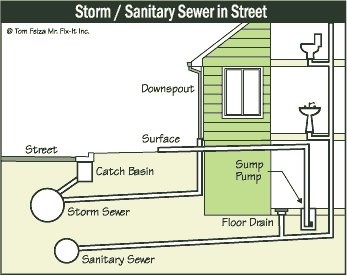
SEWERS DESIGN CRITERIA
Depth of Flow
The sewers are always designed for the partial flow conditions. The purpose of maintaining partial flow in sewers is to maintain an open channel flow condition and to provide space above surface of sewage for ventilation. Sewers may be designed to run for a depth of flow of d, which...
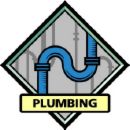
SELECTION OF PIPE MATERIALS
The following factors should be considered in the selection of pipe materials for sewers:
Technical factors
Length of pipes: Individual pipe lengths vary considerably across the range of pipe materials. Leaking pipe joints are common source of infiltration and so minimizing the number of joints...
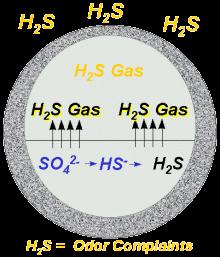
CORROSION IN SEWERS
Causes for Crown Corrosion
Bacteria in the slime under flowing sewage convert sulphates in the sewage into sulphides. Sulphides in the liquid make their way to the surface of the sewage and released into the sewer atmosphere as hydrogen sulphide (H2S) gas. H2S gas in atmosphere makes contact with...
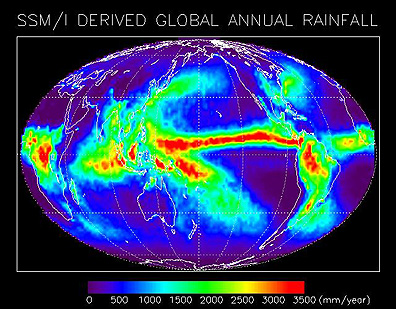
RAIN FALL
The intensity of rainfall is the rate at which the rain is falling and it is expressed in cm/hr. For example, during a particular event of rainfall occurred for 10 minutes the quantity of rainfall is 2 cm, then the intensity of rainfall of that rain event is 12 cm/hr. 5 cm/ hr intensity of rainfall...
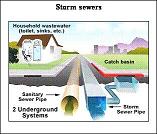
ESTIMATION OF SEWAGE FLOW AND STORM RUNOFF
SOURCES OF WASTEWATER
The wastewater is generated from domestic, industrial and agricultural activities. From domestic sources the wastewaters are generated from toilet known as excreta or black water and from kitchen and bathroom as sullage or gray water. If excreta and sullage are mixed together...






 LIKE TO GET UPDATES
LIKE TO GET UPDATES  TO GET EXPERT GUIDE
TO GET EXPERT GUIDE